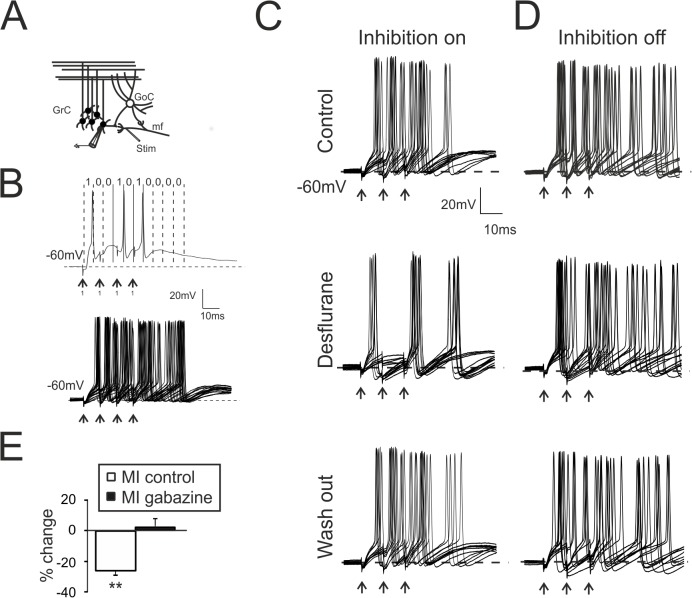Fig 1. Desflurane modulates the MI between mf and GrCs.
A. Scheme of the granular layer microcircuit. The stimulating electrode (Stim) was positioned onto the mossy fiber bundle (mf). GoC, Golgi cell; GrC, granule cell. B. Spike detection procedure generating binary digits. Top Single response of a GrC to 4 pulses at 100 Hz (mf code 1111, arrows). The spike in each time window determines the binary output (code 1001010000). Bottom Single GrC variability in response to the repetition of the same input pattern (25 repetition). C. Recordings (10 superimposed responses) from GrC following a 3-pulse, 100-Hz burst (mf code 1110, arrows) in control condition (top), during the application of desflurane (middle) and after wash-out (bottom). Desflurane (middle) decreases the total number of emitted spikes as well the the 1st spike delay variability. The initial condition is fully recovered after anesthetic wash out (right). D. Recordings (10 superimposed responses) performed in the presence of gabazine. Note the increased number of spikes. GrC was stimulated with a 3-pulse, 100-Hz burst (mf code 1110, arrows). E. Histogram resumes MI changes induced by desflurane in control condition (n = 7) and in the presence of gabazine (n = 6). In this and in the following figures: * p < 0.05; ** p < 0.01.

